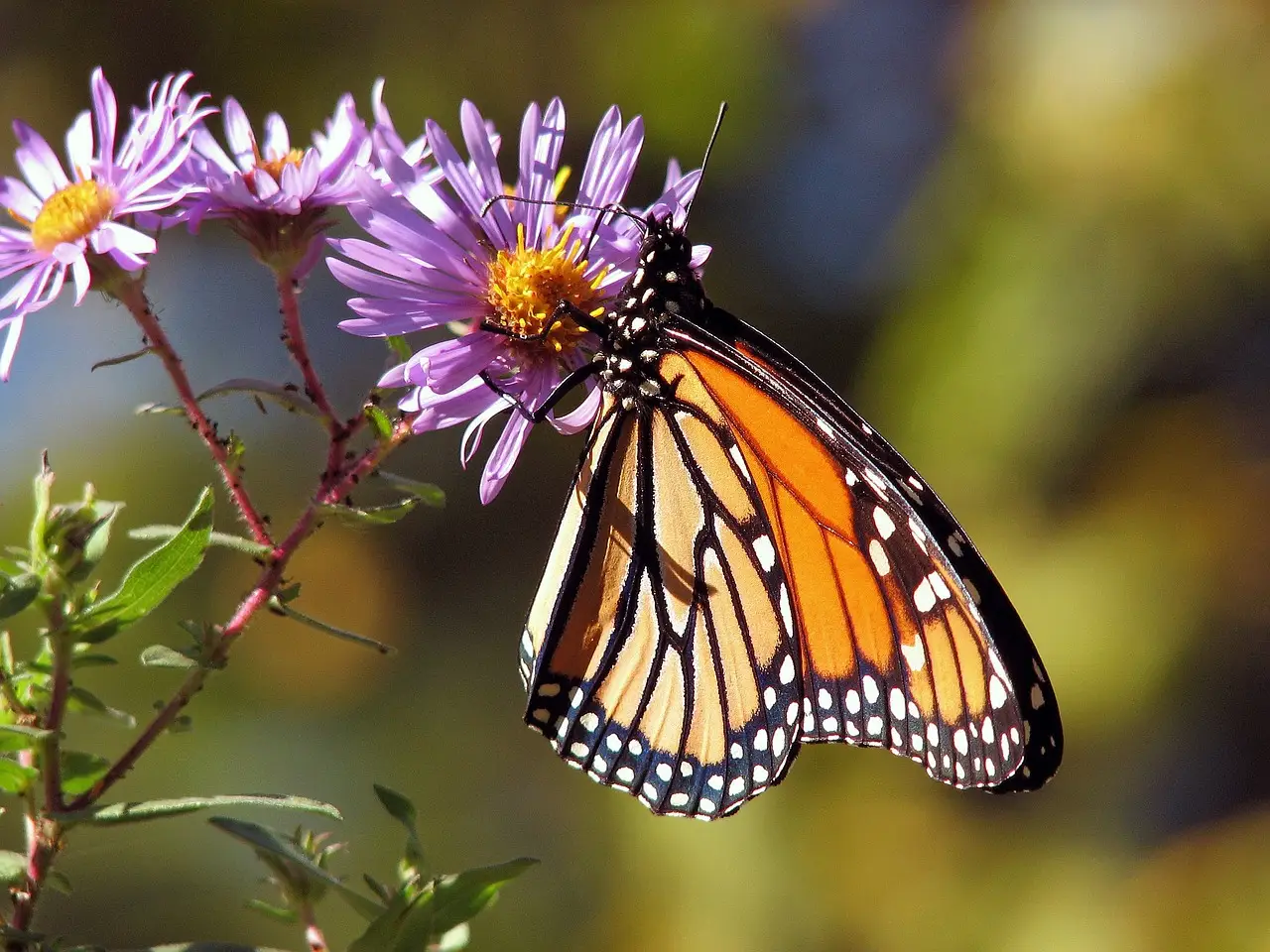Garden
Facts and Figures
Harmful Chemicals
Act now
Quality Seals
Movies
Grow your own vegetables
6 simple vegetables for beginners
Creating a vegetable patch is not complicated. A great opportunity is in front or behind the house in your garden to harvest your own healthy vegetables.
Even if you don’t have your own house with a garden and only a balcony, you can grow vegetables in the smallest of spaces.
And if you don’t have a balcony either, you can grow a miniature garden in small indoor greenhouses.
Start by choosing the right varieties. The following 6 easy-care vegetables are suitable for beginners:

"A garden is a great teacher. It teaches us patience and prudent vigilance; it teaches us diligence and thrift; and above all it teaches perfect trust".
– Gertrude Jekyll 1843 – 1932
01
Carrots
The “eye specialist” and the clear No. 1 of the most popular vegetables in Switzerland.

02
Radishes
An easy-to-grow and fast-growing vegetable with which even beginners can quickly celebrate success.

03
Peas
An easily digestible legume.
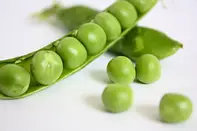
04
Zucchini
A Mediterranean summer vegetable belonging to the pumpkin family.

05
Pumpkin
A must in every kitchen in the fall. Whether as a soup, a side dish, a tasty cake or an exciting pumpkin lasagne.

06
Corn
It’s everywhere – even if you can’t see it. It is not only a foodstuff, but is also found in disposable tableware, packaging material, T-shirts and ends up in tanks.

The right location for your vegetable garden
Preferably choose varieties that you also like, then the care will be fun.
The plants should receive sufficient sunlight and be protected from wind and frost. Also consider the distance from your house or a water supply. A few rows or a raised bed are perfect to start with.


Vegetable cultivation
Point by point to perfect cultivation
- Prepare the soil for growing vegetables. First water the soil thoroughly and check the next day to see if it is still too moist.If this is the case, work in some compost. This increases the drainage capacity of the soil.
- Pre-grow your plants indoors and only then transplant them to the bed. As soon as the plants have their first leaves, you can carefully transplant them and water them immediately afterwards. This will allow your seedlings to grow well.
- Summer vegetables such as tomatoes, peppers, cucumbers and beans should only be planted after the last frost, as they like it warm. You should therefore use lukewarm water when watering them, especially at the beginning.
- Winter vegetables such as carrots or beetroot can be planted in early spring or late summer, as they cannot tolerate too much heat. Water them regularly as soon as your beds are established. Check your plants, remove the weeds and feed them with an organic fertilizer (compost, green manure or ready-made organic fertilizers). A good fertilizer will provide the vegetables with all the nutrients they need for three months. The result is healthy plants that promise a rich harvest.
- The harvest itself takes place in several phases – depending on your chosen vegetables. You harvest daily from plants from which you collect fruit so that they continue to produce new fruit. Lettuce, beetroot or cucumbers are harvested.
Toxic plants
The 11 most dangerous poisonous plants in a garden
There are poisonous garden plants not only in the tropics, but also at home. These pose a permanent danger to children and pets.
For this reason, you should find out about poisonous plants before planting your garden beds. Although these poisonous plants look beautiful and harmless from the outside, you will find a large selection of them in DIY stores and garden centers despite their toxicity.

So when you are planning your garden extension, you need to consider who will be using it. Planting gypsophila plants is not so problematic for adults. To be on the safe side, however, clearly mark the poisonous plants.
However, if there are children and/or pets in the garden, these plants can quickly become a danger. It is therefore better not to do so, as the danger posed by poisonous plants is often difficult to determine. The active ingredient content can vary greatly from one plant to the next within the same species. It is therefore possible, for example, that a laburnum plant in your garden is far more poisonous than your neighbor’s.
Every person reacts differently to poison and plants are not equally poisonous for everyone. In principle, the risk of poisoning is also greater for children and animals than for adults. They are attracted by the beautiful flowers or juicy fruits of the plants and are then unable to assess the danger posed.

01
Aconitum
The most poisonous plant in Europe. The poison aconitine can be found in all parts of the plant, but mainly in the root bones. The lethal dose of aconitine for an adult human is 1.5 to 5 mg. For animals, the poison is already dangerous in smaller quantities.
The poisonous substance is absorbed by the skin when the plant is touched and causes a slight rash on the affected area.
If poisoned by ingestion, the symptoms of poisoning first manifest themselves in a tingling sensation in the extremities. This is followed by a tingling sensation in the mouth. Nausea and vomiting , profuse sweating, diarrhea and painful intestinal colic are further symptoms.
After 20 minutes the body temperature drops and another 10 minutes later the blood pressure also drops. In cases of severe poisoning, death from heart failure ultimately occurs after 30 to 45 minutes.
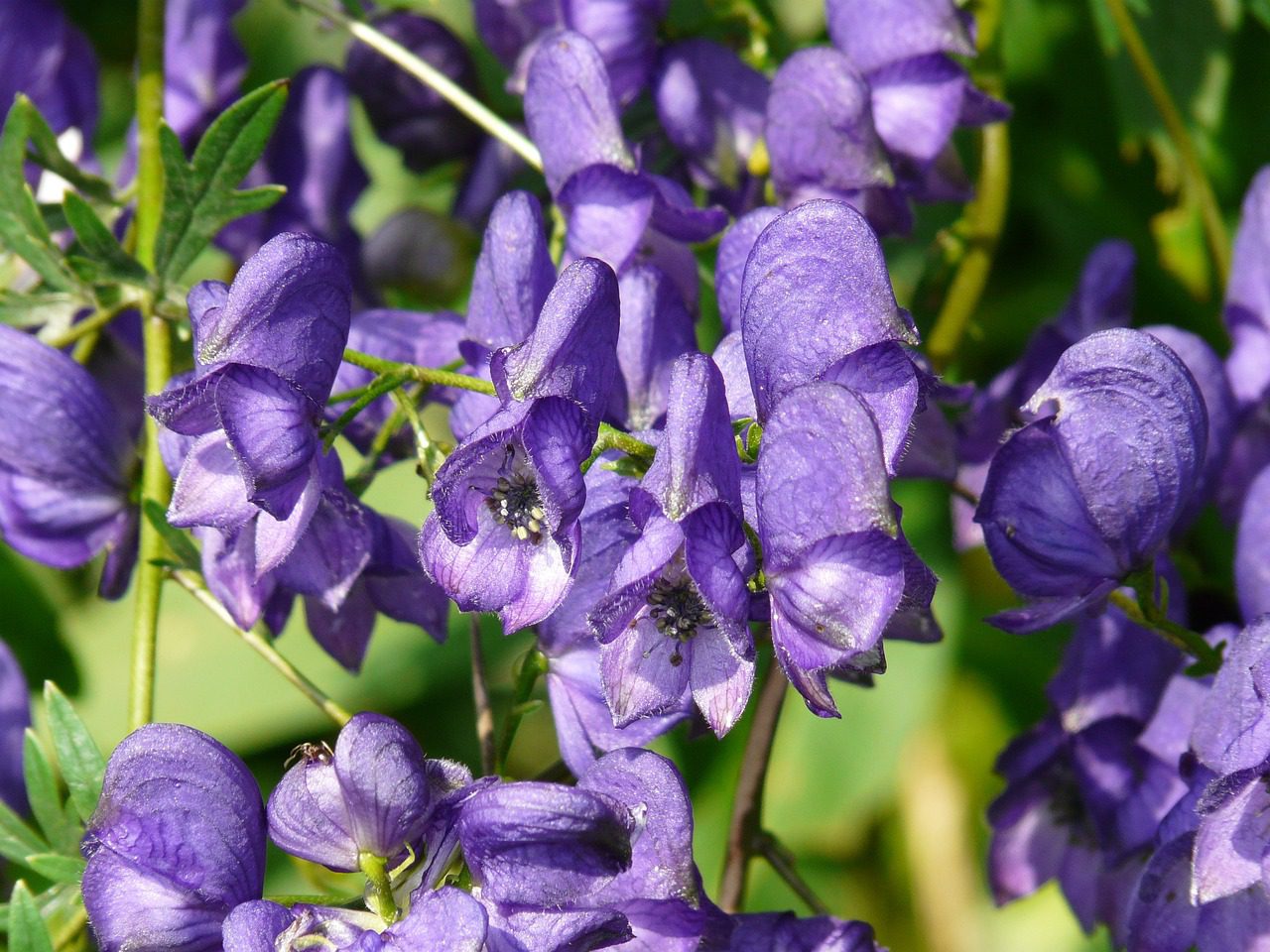
02
Angel’s trumpet
It is one of the most popular potted plants and, despite its beauty, should not be planted in every garden.
The consumption of angel’s trumpet seeds can be life-threatening.
Symptoms of poisoning include restlessness, vomiting, diarrhea, dry mucous membranes, hoarseness, visual disturbances, rapid pulse and seizures. Hallucinations may also occur. In any case, poisoning can be fatal.

03
Autumn crocus
Thanks to colchicine, the autumn crocus is so poisonous. It is the best-known species in the timeless family and is often found in pastures, but it is also a popular ornamental plant and adorns many a garden.
However, you should never underestimate its beautiful flowers. All parts of the plant are poisonous, especially the seeds and tubers. Eating them is extremely dangerous. Just 2 to 5 mg of the seeds are considered a lethal dose.
Symptoms of poisoning include burning and scratching in the mouth and throat, accompanied by difficulty swallowing. Cramps, vomiting and diarrhea are also accompanying symptoms. Finally, the poisoning has an effect on the circulation, which manifests itself in low body temperature and low blood pressure. After one to two days, death can occur due to respiratory paralysis.

04
Belladonna
Skin contact with the plant can cause redness. Known symptoms of poisoning caused by eating the berries include dry mucous membranes, restlessness and even hallucinations. Hyperventilation and convulsions can also be the result. The lethal dose for children is 3 to 5 berries. Adults can die from eating 10 to 20 berries.

05
Blue rain
In spring, the blue vine delights with its hanging, blue flowers. And in late summer, these turn into legumes
However, these are not suitable for consumption, as the blue vine is a poisonous garden plant. All parts are poisonous if eaten, especially the seeds and pods, which are extremely poisonous.
Symptoms that can occur after eating the parts of the plant are severe headaches, dilated pupils, stomach cramps and diarrhea, nausea with vomiting and, in extreme cases, even circulatory collapse.

06
Boxwood
The roots and leaves of this plant are very poisonous when eaten, even in small quantities.
Alkaloids, such as buxin, make boxwood so dangerous as they act as neurotoxins.
Symptoms of poisoning are initial states of excitement, followed by cramps and tremors, and even paralysis. And the accompanying symptoms are often nausea, vomiting and diarrhea. Blood pressure can also drop, which in the worst case can lead to circulatory collapse and even death.
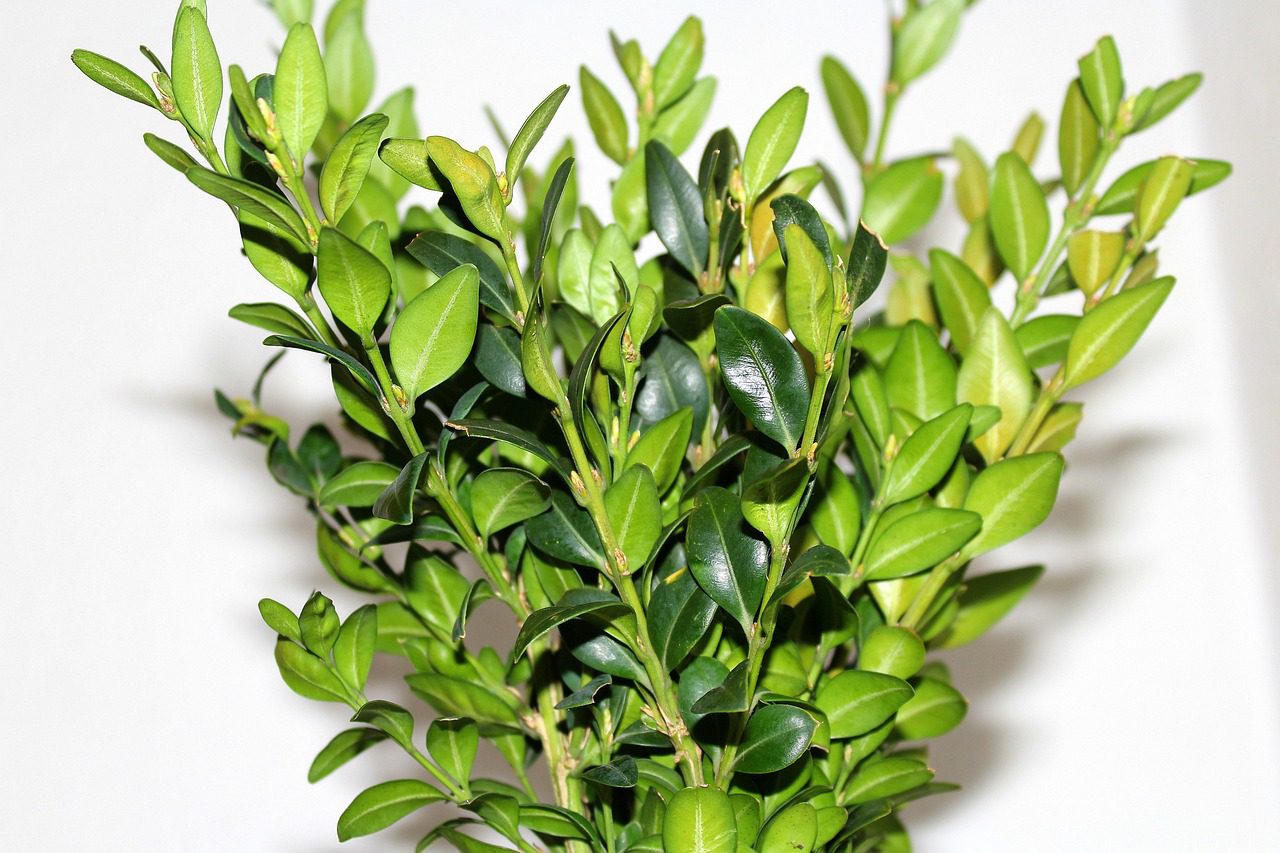
07
Laburnum
All parts of this tree contain the toxin cytisine. The poison content is particularly high in the ripe seeds – eating them can be fatal. Unfortunately, children are often poisoned by laburnum because they play with the fruit and try the seeds. The shrub is therefore only conditionally recommended for gardens with small children.
The symptoms of poisoning set in after just 15 to 60 minutes. Burning throat, thirst, nausea, retching, persistent vomiting, dizziness and sweating, hallucinations and convulsions also occur. Death occurs due to respiratory arrest.

08
Narcissus
All parts of the plant are poisonous. Symptoms of poisoning such as inflammation or skin rash can occur on contact with the skin.
Symptoms such as nausea with vomiting, diarrhea, tremors, cramps, paralysis or even cardiac arrhythmia and heart failure are known to occur if the plant parts are consumed.
Caution, as the flower bulb of the narcissus is easily confused with a conventional kitchen onion, the two varieties should always be stored separately from each other.
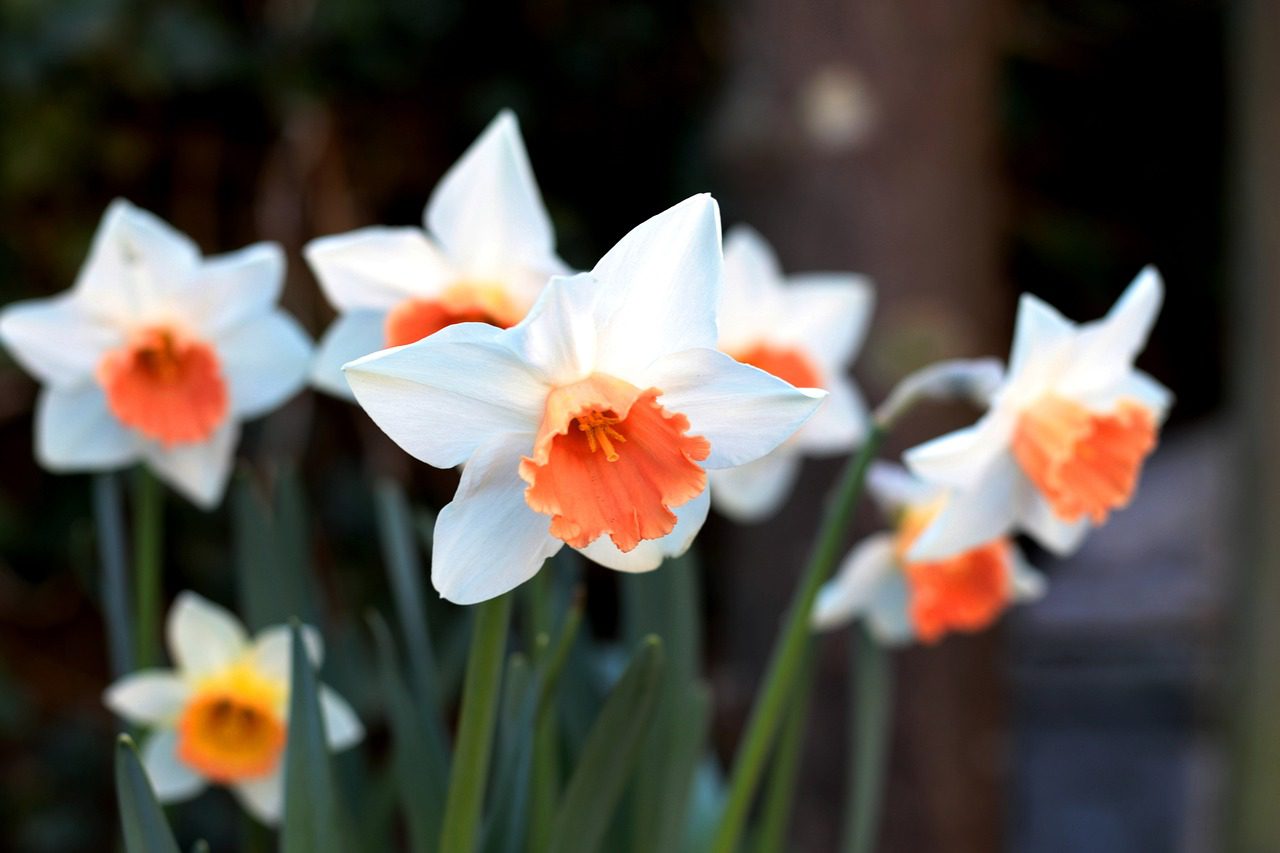
09
Oleander
Unfortunately, this beautiful plant always attracts children. Unsupervised children can try the plant while playing.
Unfortunately, the concentration of poison is particularly high in the leaves. External skin contact can cause symptoms of poisoning, such as redness, itching or skin irritation.
Even eating just one leaf can cause symptoms of poisoning. Headaches, general gastrointestinal complaints and cramps are usually the result. In addition, the pupils become enlarged, the pulse weakens and the circulation is impaired. Consuming a large quantity of the poisonous plant can even lead to death, as the poison causes cardiac arrhythmia, which can lead to cardiac arrest.

10
Tthuja
This is a very popular hedge plant and borders many a garden. However, as it is a poisonous plant, it should only be approached with caution.
Even skin contact is sufficient to cause symptoms of poisoning. The leaf tips, cones and trunk are poisonous parts of the plant.
Ingestion is particularly dangerous and can trigger symptoms of poisoning such as irritation of the mucous membranes, stomach and intestinal complaints, kidney damage, paralysis and cramps. In very rare cases, poisoning by the native poisonous plant can lead to death.

11
Yew
The yew is the oldest and most shade-tolerant tree species in Europe and can reach a great age. The poison taxine is found in almost all parts of the yew.
The needles and seeds of the poisonous garden plant are particularly dangerous and should never be eaten. Only the red fruit coating of the fruit is harmless. If the yew seed is consumed, the pupils dilate and problems with the digestive tract, such as vomiting and diarrhea, set in.
Other symptoms of poisoning include a reddish coloration of the lips and an accelerated heart rate, which then decreases rapidly and can eventually lead to heart failure and dead.
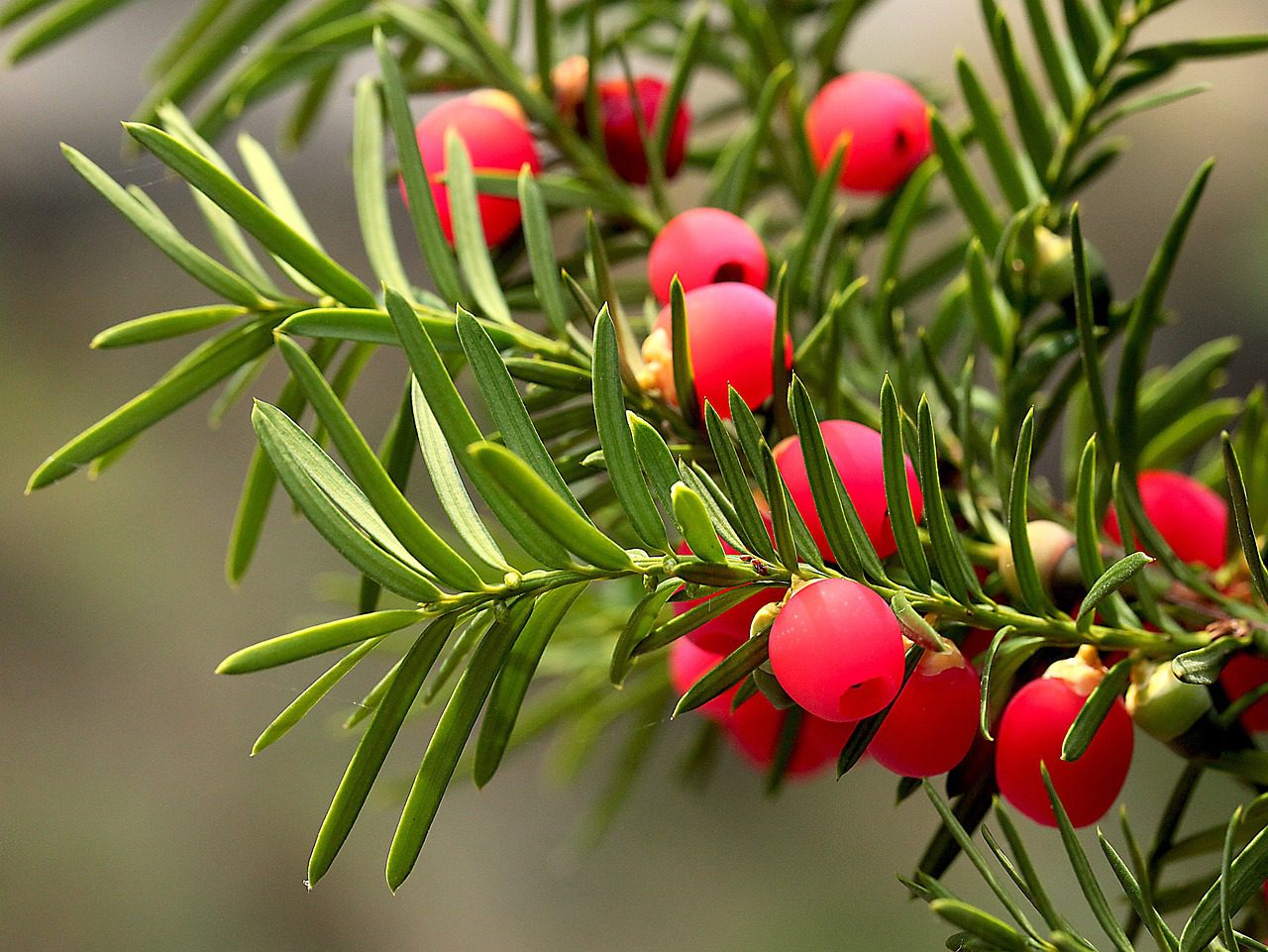

Greenuniverse
The sustainability experts – we clear the way for you in the sustainability jungle.
Sustainability is in our DNA. We are happy to share our passion and many years of experience with you.
Issues
Nourishment
Sustainability
contact
Gaertnerstrasse 11, CH-4656 Starrkirch-Wil, Switzerland
(+41) 79 756 31 89
